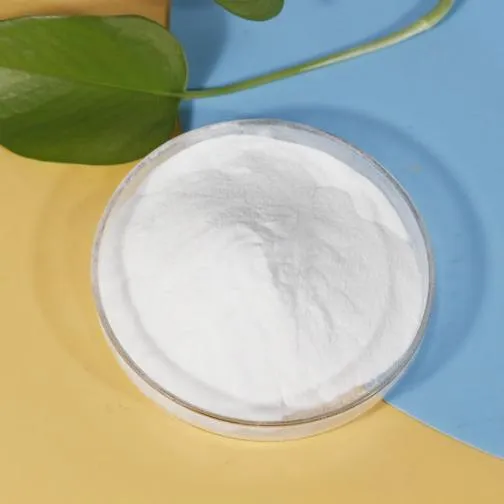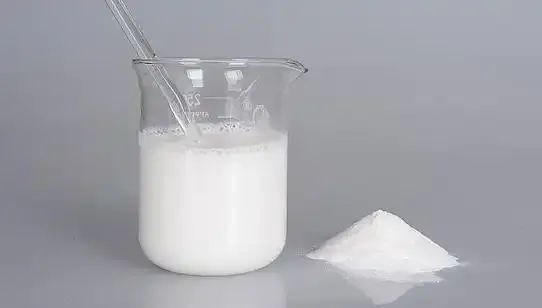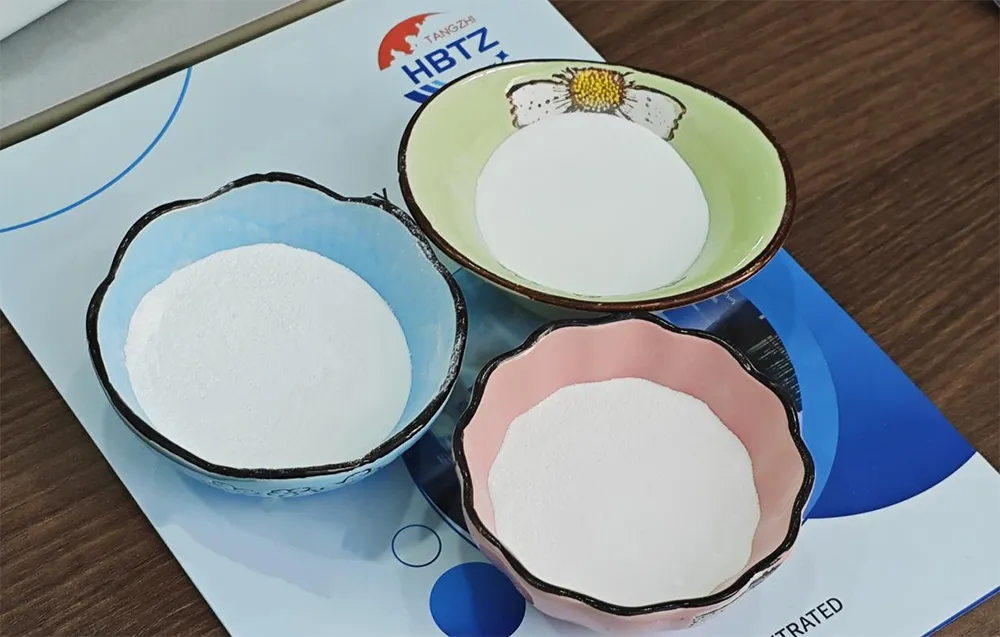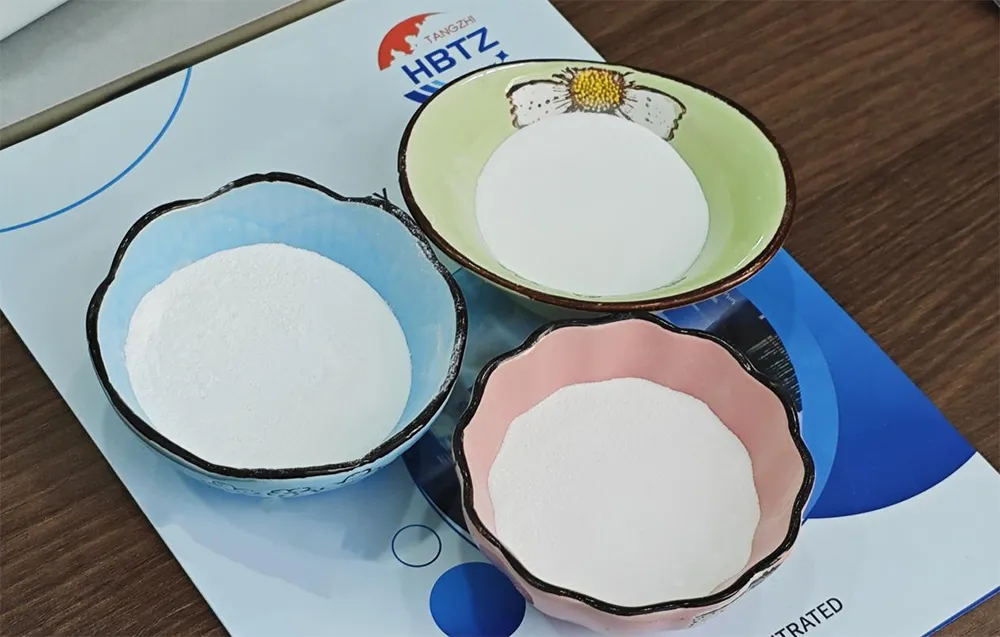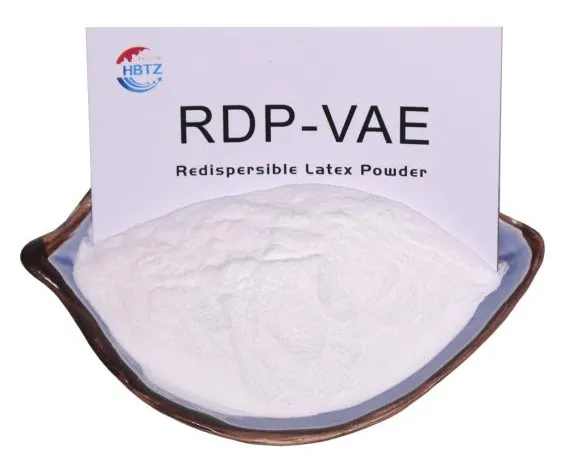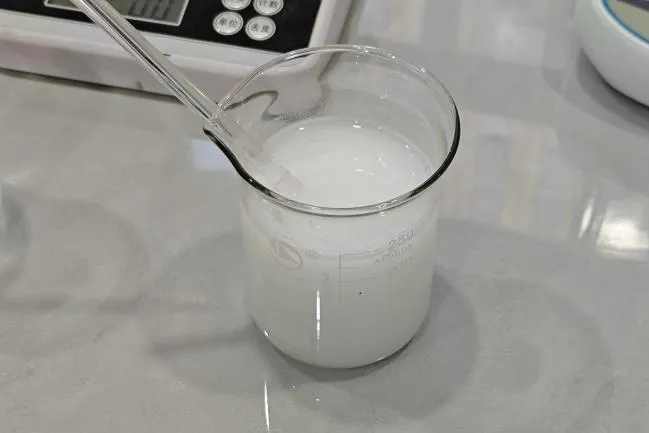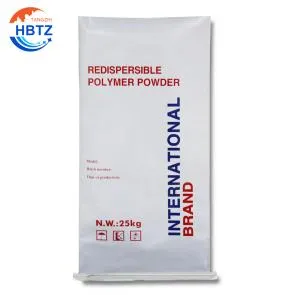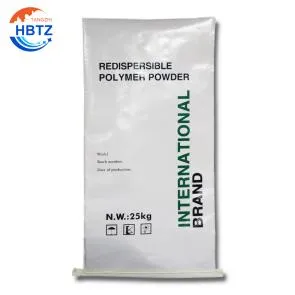TangZhi’s redispersible polymer powder (RDP) significantly enhances tile adhesive performance, offering superior bonding strength, flexibility, and durability. The robust polymer film formed by TangZhi RPP ensures tiles remain securely in place, resisting cracking and peeling even under varying environmental conditions.
The flexibility introduced by TangZhi RDP accommodates minor building movements, reducing micro-crack formation and enhancing stability for large-format tiles. Improved workability and extended open time make application smoother and more efficient, benefiting professional installers.
TangZhi RDP also provides excellent water resistance, crucial for wet areas like bathrooms and kitchens, preventing moisture damage and ensuring long-lasting performance. This reduces maintenance needs and potential repair costs.
Moreover, TangZhi prioritizes sustainability with eco-friendly formulations that have low volatile organic compound (VOC) emissions, promoting healthier indoor air quality.
In summary, TangZhi RDP delivers unparalleled performance in tile adhesives, combining strong bonding, flexibility, durability, and environmental benefits, making it an essential component for high-quality tiling projects.
Production Process
The production of VAE-RDP involves several key steps:
1.Emulsion Polymerization: Vinyl acetate and ethylene monomers are polymerized in the presence of surfactants and initiators to form a stable VAE emulsion.
2.Spray Drying: The VAE emulsion is then subjected to a spray-drying process, where it is atomized into fine droplets and dried in a hot air stream. This process converts the liquid emulsion into a fine, free-flowing powder.
3.Additives and Post-Treatment: Protective colloids and anti-caking agents may be added during or after the spray-drying process to enhance the powder's properties and prevent caking.
4.Packaging: The final VAE-RDP is packaged in moisture-proof bags or containers to ensure its quality and stability during storage and transportation.
Precautions:
Storage: VAE-RDP should be stored in a cool, dry place, protected from moisture and direct sunlight. Exposure to humidity can cause the powder to clump, affecting its dispersibility and performance.
Handling: Appropriate personal protective equipment (PPE), such as gloves and dust masks, should be worn during handling to avoid skin and respiratory irritation.
Mixing: Ensure thorough and uniform mixing of VAE-RDP with other components of the dry mix to achieve the best results. Over-mixing can lead to aeration, which may affect the final product's quality.
Safety Data Sheets (SDS): Always consult the Safety Data Sheets provided by the manufacturer for detailed information on handling, storage, and disposal procedures.
